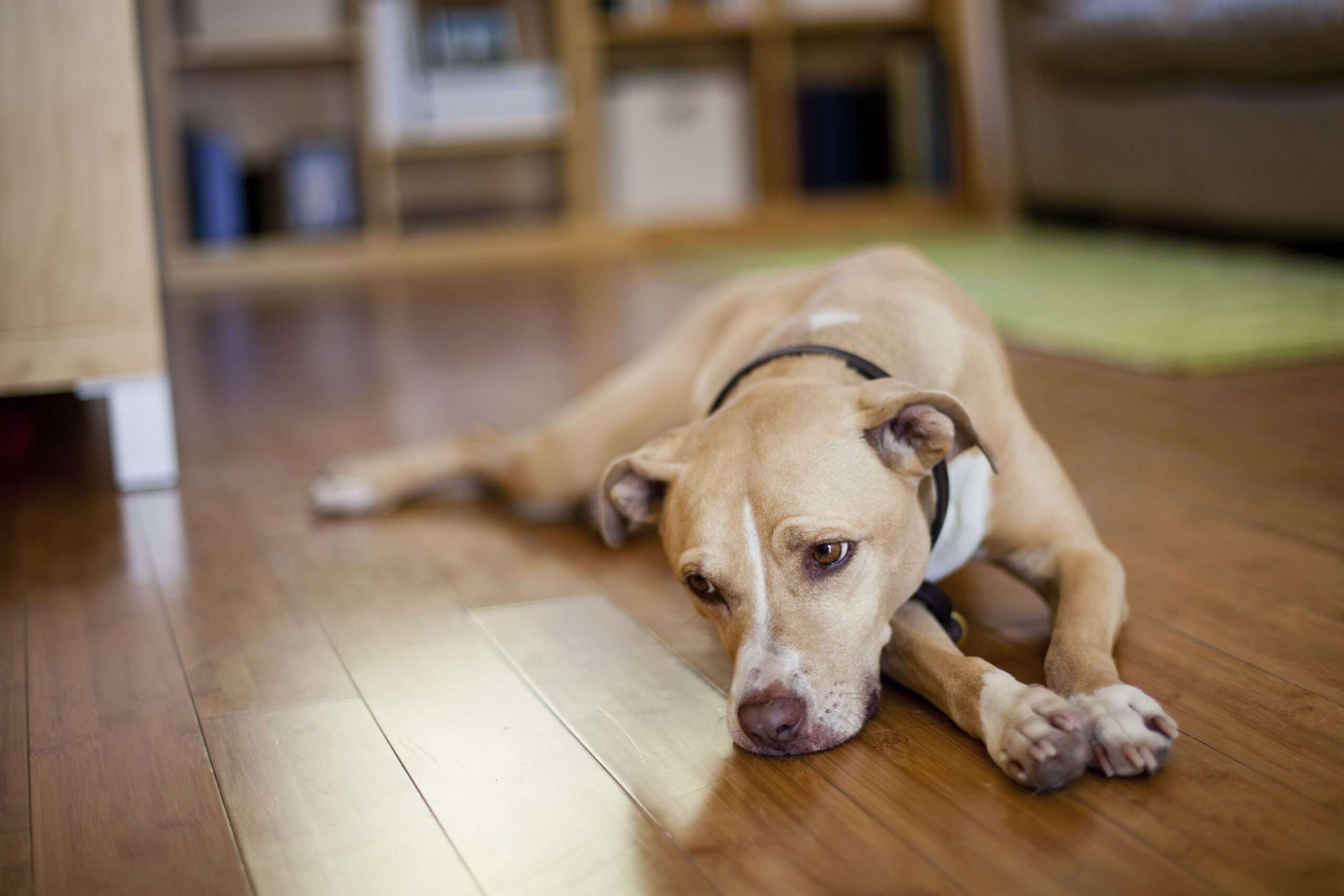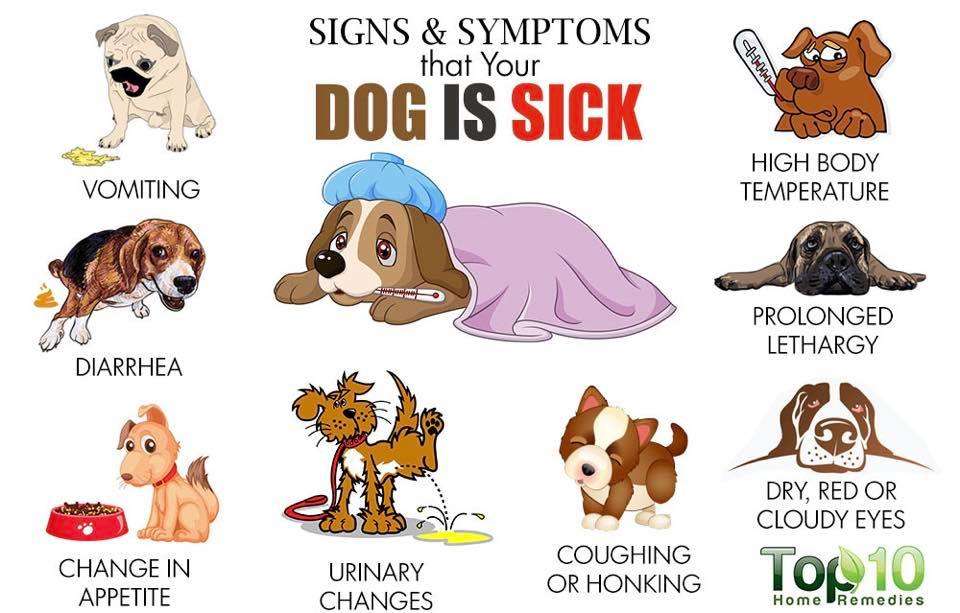Key Takeaways:
- Dogs can experience depression, which can manifest in various ways such as loss of appetite, lethargy, and withdrawal.
- Causes of dog depression can range from major life changes like the loss of a companion or relocation to hormonal imbalances or medical conditions.
- Providing a structured routine, regular exercise, and mental stimulation can help alleviate symptoms of dog depression.
- Creating a safe and comforting environment for your dog by offering cozy bedding, soothing music, and familiar scents can aid in their recovery.
- Seeking professional help from a veterinarian or animal behaviorist is crucial if your dog's depression persists or worsens despite your efforts to help them.
Are you a dog lover who wants to ensure the well-being of your furry friend? Have you ever wondered if dogs can experience the same emotions as humans, such as depression? If so, you're in the right place! Understanding whether dogs can get depressed and learning how to help them through their sadness is essential for providing them with the love and care they deserve.
In this article, we will delve into the fascinating world of canine emotions and explore how you can support your sad dog. So grab a cozy spot next to your loyal companion and let's embark on this enlightening journey together!
Understanding Depression in Dogs: How it Impacts Them
What is dog depression?
Dog depression is a condition where dogs experience prolonged periods of sadness, lethargy, and loss of interest in activities they once enjoyed. Just like humans, dogs can also feel down and experience emotional lows. When a dog is depressed, it can affect their overall well-being and quality of life.
How does dog depression impact them?
When a dog is depressed, they may exhibit various behavioral changes. They might become less active, lose their appetite, sleep more than usual, or withdraw from social interactions with humans or other pets. Their energy levels may decrease significantly, and they may seem uninterested in playing or going for walks. Additionally, dogs with depression might show signs of anxiety or restlessness.
Do Dogs Get Sad? Exploring Canine Emotions
Can dogs feel emotions like sadness?
Yes, dogs can experience a range of emotions just like humans do. While they may not express their emotions in the same way we do, studies have shown that dogs have the capacity to feel happiness, fear, anger, and sadness. However, it's important to note that dogs' emotional experiences may differ from ours due to their unique cognitive abilities.
How do dogs show sadness?
Dogs show sadness through various behaviors and body language cues. They may droop their ears and tail, avoid eye contact, whine or whimper more often than usual, or engage in excessive licking or grooming themselves. Some dogs may even display signs of separation anxiety when feeling sad by becoming clingy or destructive when left alone.
Telltale Signs of a Down or Depressed Dog: What to Look For
What are the signs of a depressed dog?
Recognizing the signs of depression in dogs can help you provide appropriate care and support. Some common signs to look for include a loss of appetite, changes in sleep patterns, decreased interest in activities, excessive licking or self-grooming, increased aggression or irritability, and withdrawal from social interactions.
How long does dog depression last?
The duration of dog depression can vary depending on the underlying cause and how it is addressed. In some cases, it may resolve within a few weeks with proper care and attention. However, if left untreated or if there are ongoing stressors in the dog's environment, depression symptoms may persist for longer periods.
Possible Causes of Dog Depression: Factors to Consider
What can cause a dog to become depressed?
Dog depression can have various causes. Some common factors that may contribute to canine depression include major life changes such as moving to a new home, loss of a loved one (human or animal), illness or pain, lack of mental stimulation or physical exercise, changes in routine or environment, and even certain medications.
Can dogs inherit depression?
While there is no conclusive evidence that dogs can inherit depression genetically, certain breeds may be more prone to developing depressive-like behaviors due to their genetic predispositions. However, it's important to note that environmental factors play a significant role in the development of dog depression.
Helping Your Sad Dog Feel Better: Tips for Overcoming Depression
Provide a structured routine
Dogs thrive on routine and structure. Establishing a consistent daily routine for your sad dog can help provide them with stability and predictability. This includes regular feeding times, exercise sessions, playtime, and sleep schedules. Having a structured routine can give your dog a sense of security and help alleviate their depression symptoms.
Engage in interactive play
Interactive play is an excellent way to stimulate your sad dog both mentally and physically. Engage in activities such as playing fetch, hide-and-seek, or puzzle toys that require problem-solving. This not only provides mental stimulation but also helps strengthen the bond between you and your dog.
Professional Treatments and Therapies for Dogs with Depression
Medication
In severe cases of dog depression, medication prescribed by a veterinarian may be necessary. Medications such as antidepressants can help regulate brain chemistry and improve mood. However, medication should always be used under professional guidance and in conjunction with other behavioral interventions.
Behavioral therapy
Behavioral therapy involves working with a professional dog trainer or behaviorist to address specific issues contributing to the dog's depression. They will develop a customized training plan to modify unwanted behaviors and teach new coping skills. Behavioral therapy can be highly effective in helping dogs overcome their depressive symptoms.
In conclusion, dogs can experience depression just like humans. It is important to pay attention to their behavior and provide them with love, support, and activities that can help improve their mood and overall well-being.
How do dogs improve depression?
Dogs offer support for anxiety and various mental illnesses just like they do for depression. They boost the production of oxytocin, which reduces stress and fear, and they provide unwavering companionship to their owners. These factors contribute to the improvement of mental health conditions such as anxiety and depression.
What can I give my dog to cheer him up?
To lift your dog's spirits, you can engage them in their preferred activity or give them a new toy. Additionally, since dogs have a fondness for food, you can treat them to their favorite meal.
Why is my dog acting sad and tired?
Various factors such as infection, illness, pain, and medication can cause lethargy and weakness in dogs. Since these symptoms can indicate anything from a long-term condition to a potentially fatal illness, it is important to always consult with a veterinarian if you observe either of them.
What happens to depressed dogs?
Dogs are susceptible to experiencing depression, which is typically triggered by significant changes in their environment, such as the loss of an important human or a relocation. Depressed dogs may exhibit signs such as reduced interest in activities, loss of appetite, heightened irritability, and unusually dependent or clingy behavior.
Do dogs heal sadness?
Research indicates that owning a dog can have various positive effects on mental well-being, such as reducing stress, anxiety, and depression. Dogs also help alleviate feelings of loneliness, promote physical activity, and contribute to overall improved health.
What is a sad dog's body language?
Identifying signs of unhappiness in your dog is just as simple as recognizing signs of happiness. By paying attention to their body language, it becomes evident when a dog is uncomfortable or anxious. Some signs to watch out for include a low or tucked tail. Instead of wagging it high in the air, a stressed or unhappy dog may tuck its tail between its legs.

















